BINIT APP
UX/UI DESIGN
One of the biggest issues facing our planet today is the overwhelming amount of waste that we produce as a species. Travel to even the most remote places on earth, and you’d likely find trances of our species in the form of trash. Hold a discussion about solutions to our waste and you will likely hear as many opinions as there are people at the meeting. Waste disposal in general is very convoluted, with recycling taking the prize for the most complexities and politics. Every single region disposes of its waste uniquely, and often with changing criteria for items, leading to endless confusion as to how something can be disposed of and where.
I created the concept of the BINIT app as a potential aid to navigating the constantly changing landscape of waste disposal. If implemented, the app would use data from locations using GPS, Bluetooth, or QR codes, to provide users with the power to properly dispose of their waste.
BACK-
GROUND:
RESEARCH PT. 1
————
In order to gain better understanding of the habits and needs of creatives.
I first sent potential users a short screener survey, to find the best possible candidates to answer questions on the intersection of the internet/social media and creative workflow.
———————————— 01/10
BACK-
GROUND:
RESEARCH PT. 2
————
Upon finding a number of possible users for my research, I conducted more in-depth interviews. While I prepared a set of prompts ahead of time, to ensure that certain bases were covered, I also felt it useful to let conversation flow naturally, however, to ensure that I received more in-depth and personal responses.
———————————— 02/10
BACK-
GROUND:
FINDINGS PT. 1
————
Many of the findings proved creatives found the internet/Social Media useful for inspiration and finding work/an audience. They almost universally used Instagram more than any other form of media. Their means of finding inspiration, however, varied, with many relying on somewhat byzantine means to help flesh out their work. This left room for PROCESS to improve their workflow.
My main concept for PROCESS became about creating an app and website that would enable a user to look for sources of inspiration for projects, as well as post work, without ever getting on apps like Instagram, which invariably lead to distraction and endless scrolling. PROCESS would collate images from a multitude of sources, from Instagram to personal photos, to allow users to have all of their creative online needs met in one non-distracting package. Concepts like “guest artists” also interested me, where the app could have on a guest creative once a week, to create a board to showcase their interests, influences, and ideation journey.
———————————— 03/10
BACK-
GROUND:
PERSONAS PT. 1
————
In order to ensure that the user groups that I had just interviewed were being properly represented, I created composite personas of the app’s would-be audience.
———————————— 04/10
BACK-
GROUND:
PERSONAS PT. 2
————
These personas were then used as the basis for an interaction exercise, known as Journey Mapping, to help determine areas of potential user frustration, who they might go through their creative arch and possible opportunities for growth.
———————————— 05/10
BACK-
GROUND:
BRANDING
————
A general aesthetic and branding next began to be established. Given that the app was attempting to reduce stimulation and referencing the creative process, the brand utilized spot colors and a muted general palette, to help reduce a user’s inclination to scroll idly.
———————————— 06/10
BRAND-
ING:
IDEATION
————
I messed around with concepts for a direction BINIT as an entity, riffing off of ideas of sorting and the cyclical nature of an idealized waste structure.
———————————— 07/10
BRAND-
ING:
FINAL
————
In the final version of the logo, I largely went away from any sort of obvious reference of waste or any sort of lifecycle of waste. I felt that most logos of this sort felt perhaps too on the nose and might actually turn some off to the idea of using it. Instead the goal was to make the process feel fun and approachable and less like a chore or a government function.
———————————— 08/10
NAVI-
GATION:
PT. 1
————
A map was created, to figure out the most user-friendly paths through the app and workflow.
———————————— 09/10
NAVI-
GATION:
PT. 2
————
The Process app underwent multiple rounds of navigational mapping, after having users navigate it on their own, to be certain that the app felt straightforward and like second nature to operate.
———————————— 10/10
APP DESIGN AND USE
FIG. 001
————
Screenshot, viewing saved photo on Architecture board
———————————— 01/05
FIG. 002
————
Navigation flow from saved architecture board to individual photo saved within it.
———————————— 02/05
FIG. 003
————
Navigation flow within the POST tab; from opening the tab to beginning to edit an image.
———————————— 03/05
FIG. 004
————
Navigation flow within the EXPLORE tab; browsing THEMES, to looking within branding.
———————————— 04/05
FIG. 005
————
Navigation flow within the PROFILE section; toggling between color and greyscale modes.
———————————— 04/05
Creative Direction
Design
Layout
Hand-lettering
—
Product photos/video by Dylan Wilde
















